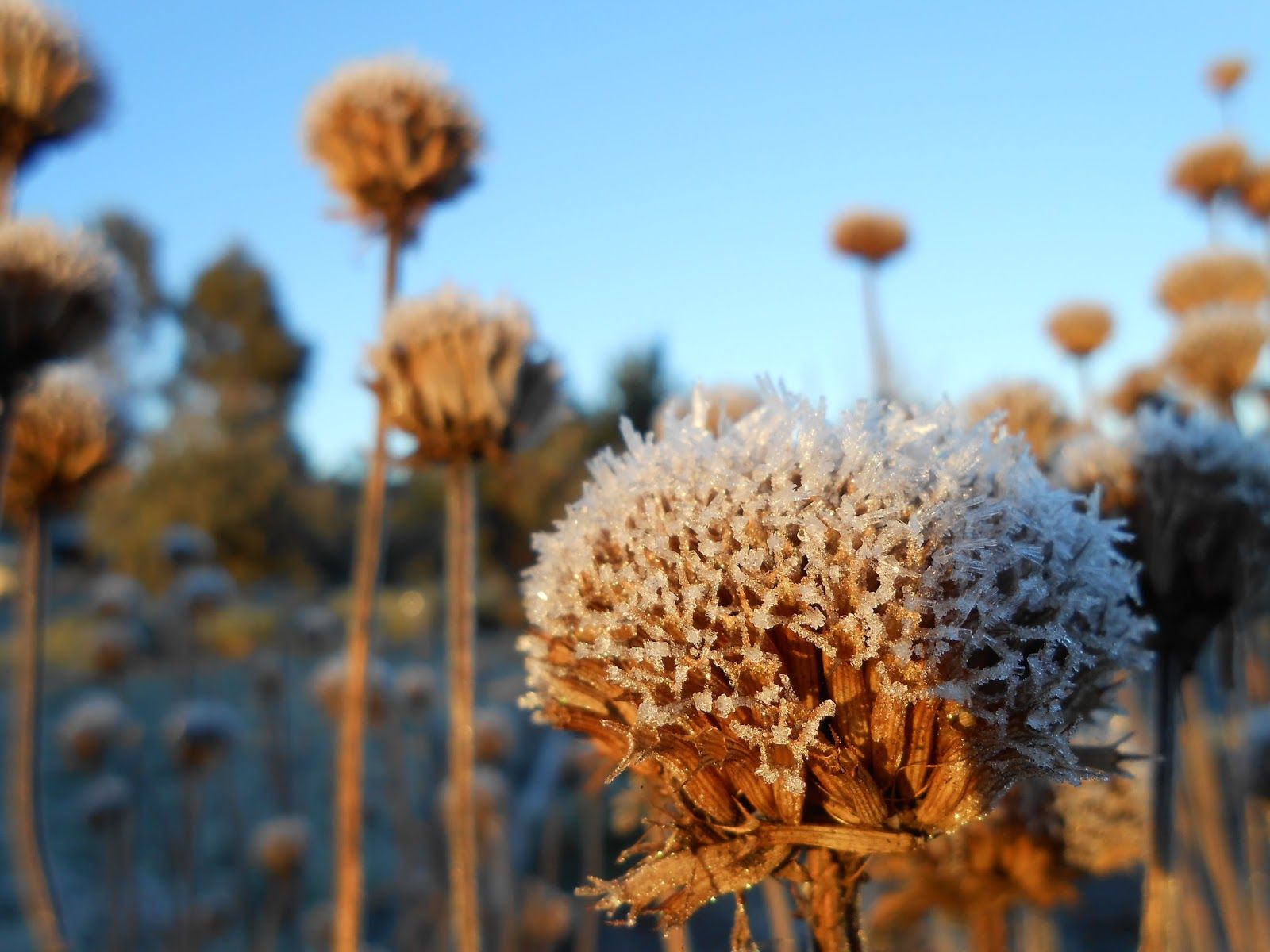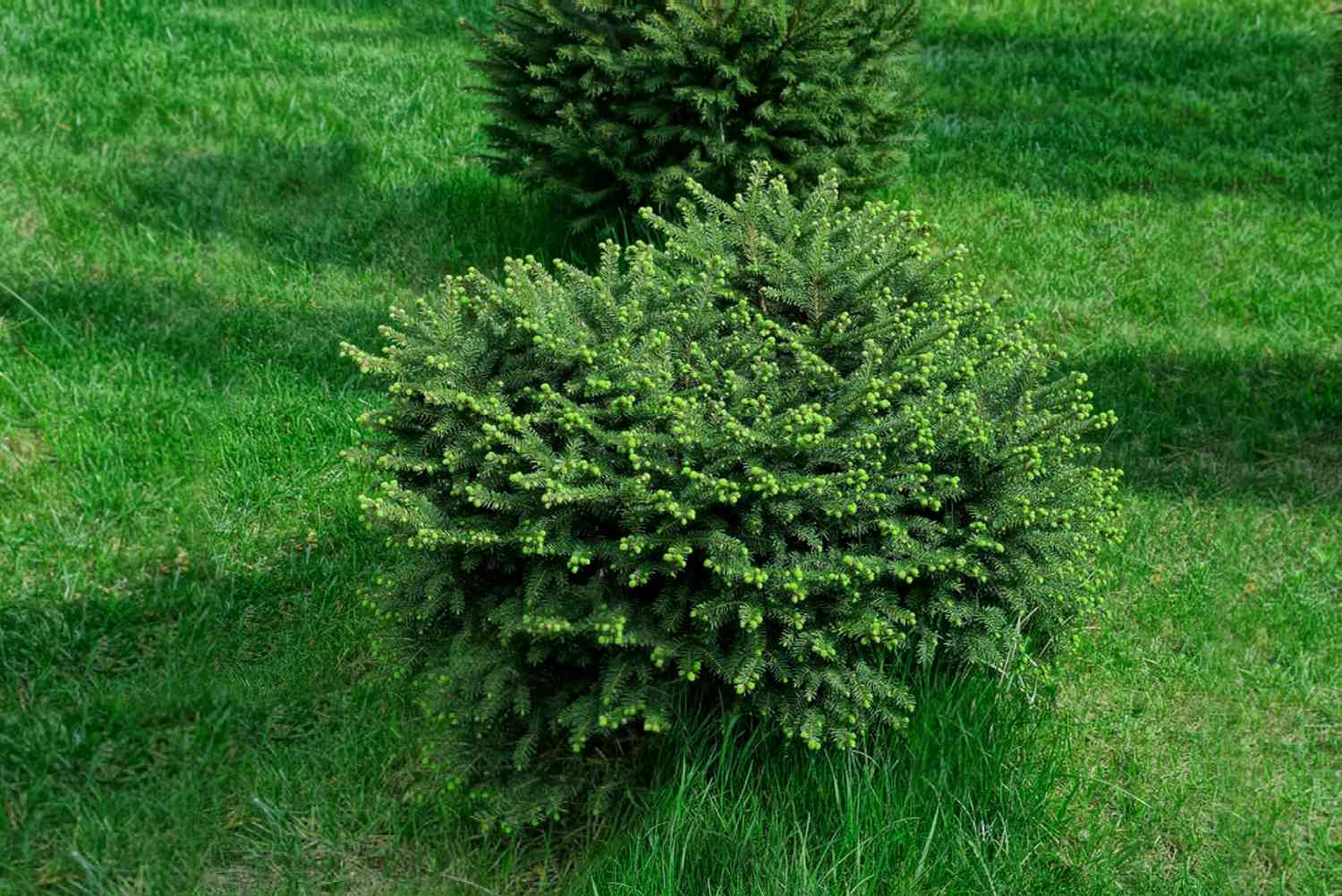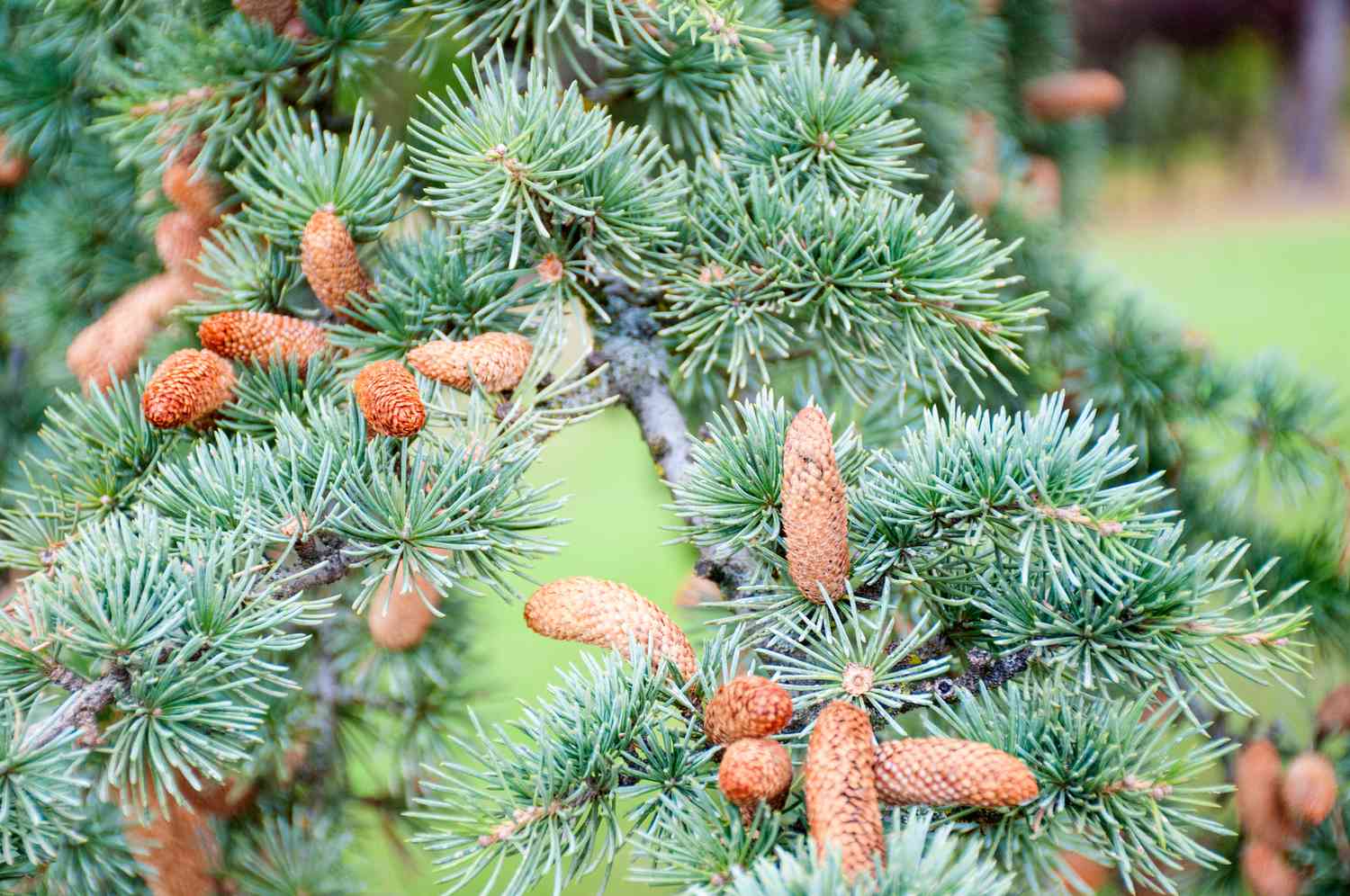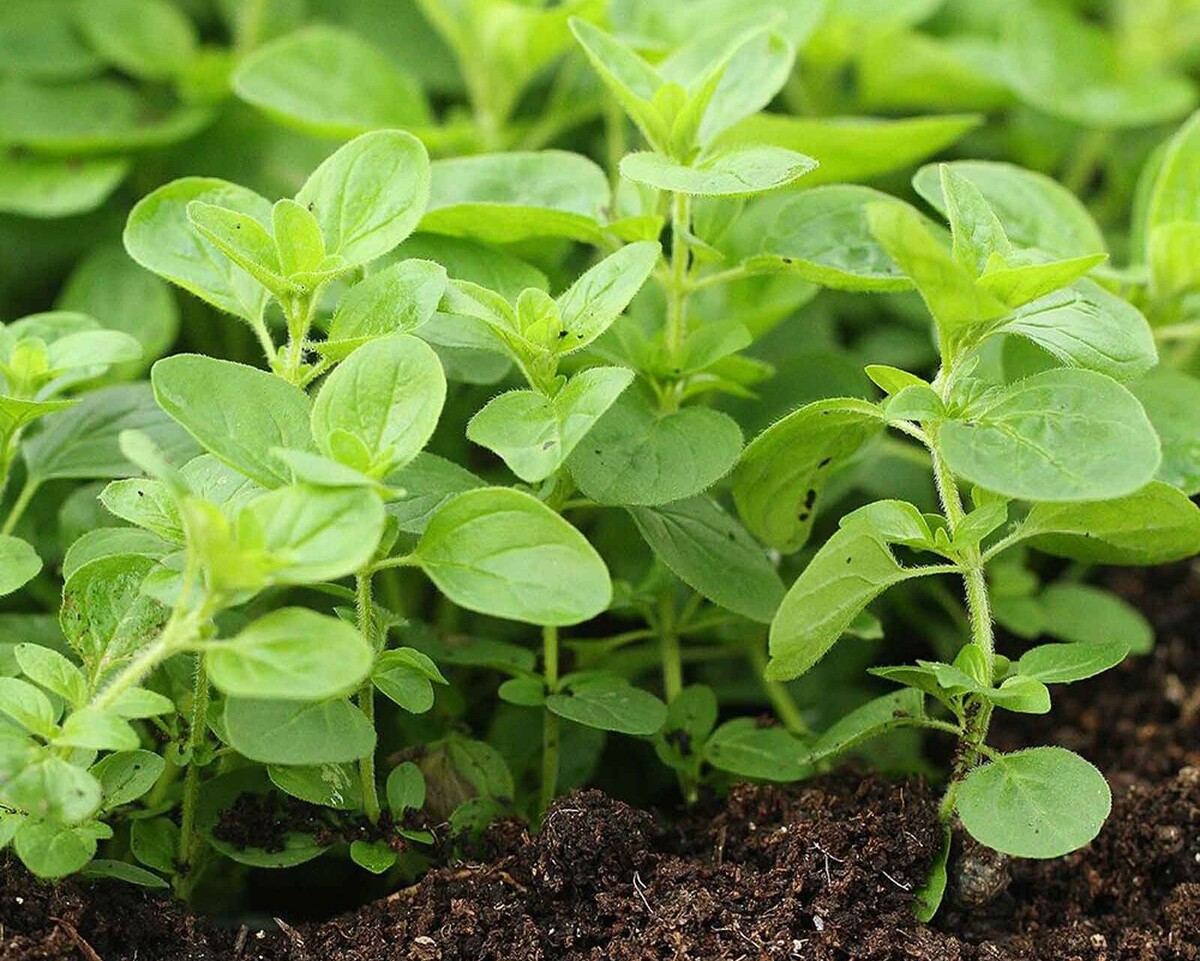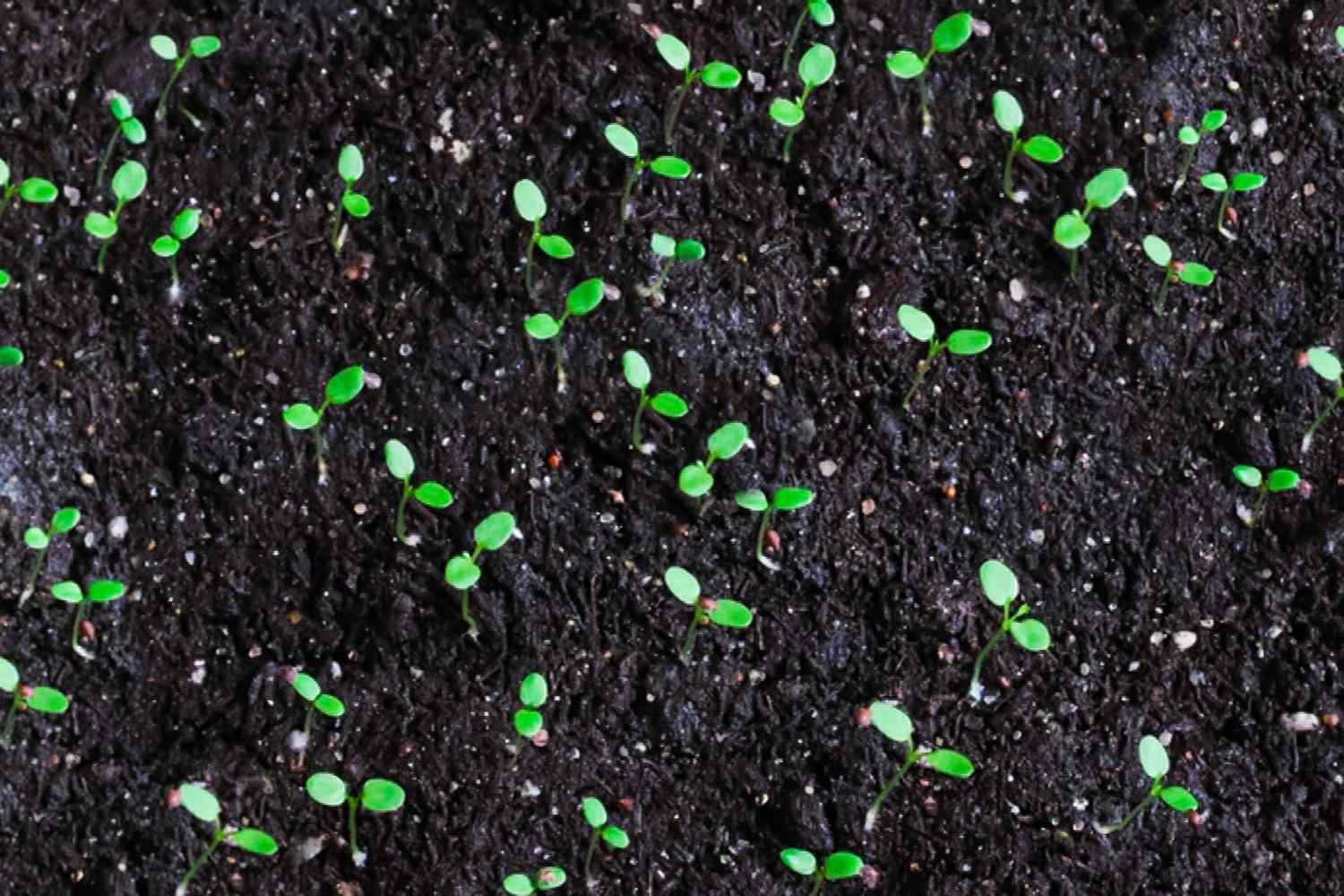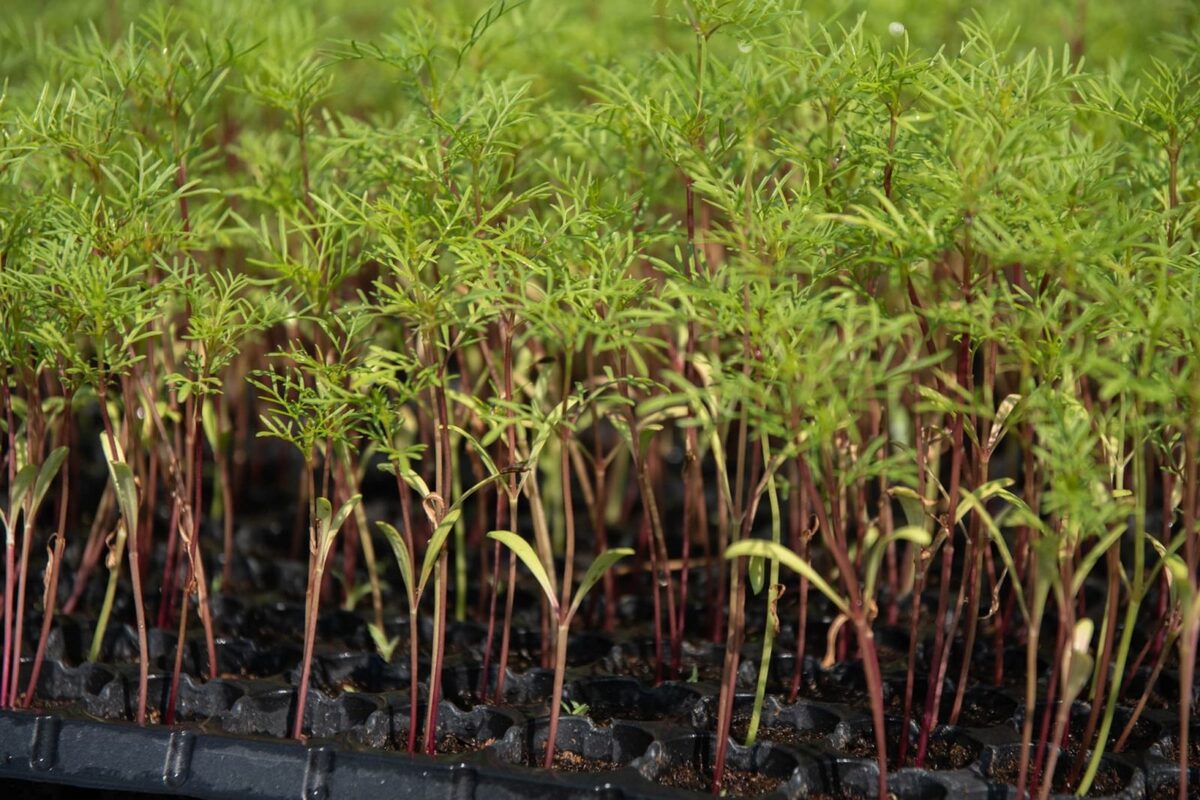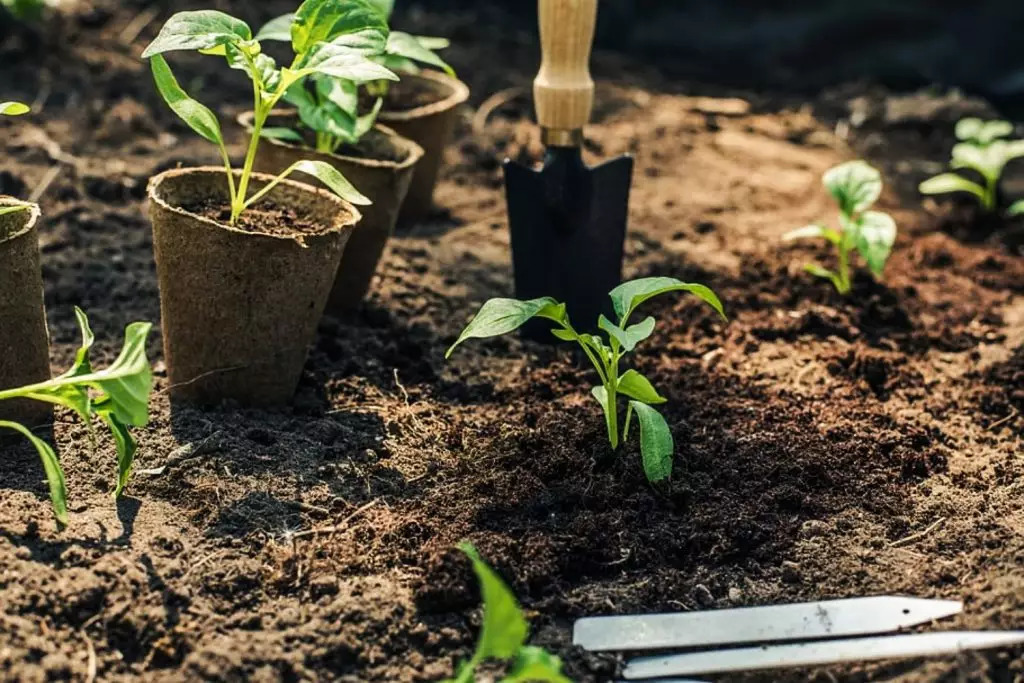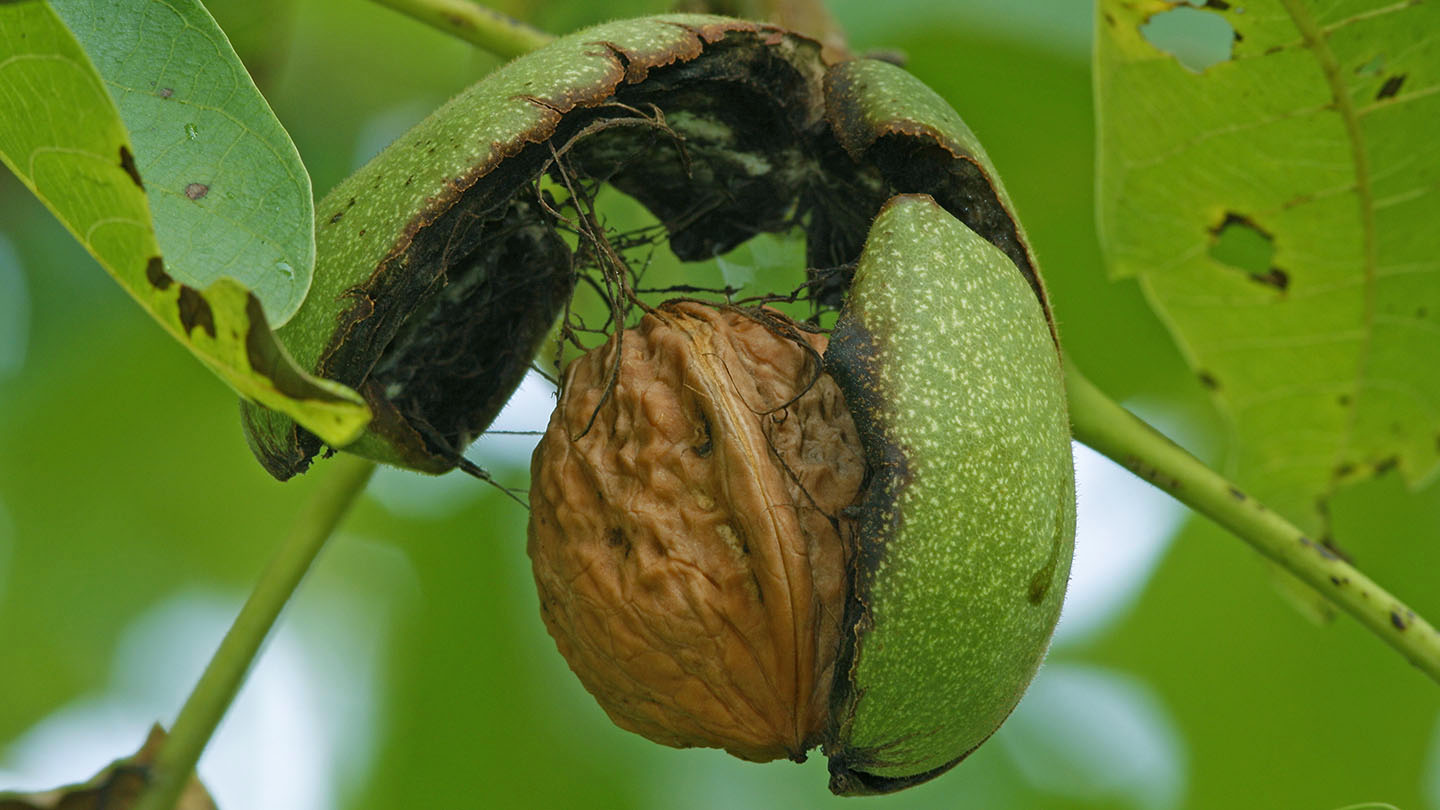Home>Types of Gardening>Edible Gardening>What Do Dill Seeds Look Like


Edible Gardening
What Do Dill Seeds Look Like
Published: September 15, 2023
Discover what dill seeds look like and learn how to incorporate them into your edible gardening. Explore the benefits and uses of these versatile seeds.
(Many of the links in this article redirect to a specific reviewed product. Your purchase of these products through affiliate links helps to generate commission for Chicagolandgardening.com, at no extra cost. Learn more)
Table of Contents
Introduction
Welcome to the wonderful world of edible gardening! If you’re a beginner or even an experienced gardener, you’ve probably heard of dill and its flavorful uses in the kitchen. Dill is a versatile herb that adds a distinct taste to various dishes, from pickles and salads to sauces and marinades. But have you ever wondered what dill seeds look like?
In this article, we will explore the physical appearance of dill seeds, including their texture, color, size, and shape. By understanding the visual characteristics of dill seeds, you’ll be able to identify them with confidence and incorporate them into your gardening and culinary endeavors.
Dill seeds are not only a flavorful addition to your cooking but can also be used for medicinal purposes. They are known for their digestive benefits and have been used for centuries in traditional medicine. Whether you’re interested in growing dill in your garden or just curious about this intriguing herb, let’s dive deeper into the world of dill seeds and uncover their fascinating features.
So, without further ado, let’s take a closer look at what dill seeds really look like!
What are dill seeds?
Dill seeds are small, oval-shaped seeds that come from the dill plant, scientifically known as Anethum graveolens. The dill plant belongs to the Apiaceae family and is native to Southwest Asia and the Mediterranean region. It has been cultivated for centuries for both culinary and medicinal purposes.
The dill plant is known for its feathery, delicate leaves and yellow umbrella-shaped flower clusters. These flowers eventually produce small, flat seeds that have a strong and distinct flavor. Dill seeds are often used as a spice or seasoning in various cuisines around the world, particularly in dishes that require a hint of tanginess and a burst of aromatic taste.
Aside from their culinary uses, dill seeds have also been used for their medicinal properties. They are rich in essential oils, vitamins, and minerals that provide various health benefits. Dill seeds are known for their antispasmodic and digestive properties, making them a common ingredient in herbal remedies for digestive ailments like indigestion, bloating, and flatulence.
Furthermore, dill seeds contain compounds such as flavonoids and terpenoids, which have antioxidant and anti-inflammatory properties. These compounds can help boost the immune system, reduce inflammation, and protect against certain chronic diseases.
In addition to its culinary and medicinal value, dill seeds also play a role in gardening. The dill plant is relatively easy to grow, making it a popular choice for home gardeners. It can be grown in containers or directly in the ground, as long as it receives adequate sunlight and well-drained soil.
Now that we have a basic understanding of what dill seeds are and their significance, let’s move on to exploring their physical characteristics in more detail.
Physical appearance of dill seeds
Dill seeds have a distinct physical appearance that sets them apart from other seeds. They are small, flat, and oblong in shape, resembling tiny, elongated droplets. The seeds have a smooth and glossy surface, which adds to their visual appeal.
When freshly harvested, dill seeds have a greenish-yellow color. However, as they dry, their color transforms into a more muted yellow or brown tone. This change in color is normal and does not affect the quality or flavor of the seeds.
One notable characteristic of dill seeds is their fine texture. The seeds have a delicate and powdery texture, making them easily crushable when handled. This allows for the release of their aromatic oils, which imparts the distinctive dill flavor to dishes.
Unlike some larger seeds, dill seeds are lightweight and can easily be sown or sprinkled onto the soil surface. Their small size allows for even distribution, helping to ensure a uniform growth pattern and optimal spacing in the garden.
Overall, the physical appearance of dill seeds is quite unique and easy to distinguish. Their small, flat, and oblong shape, combined with the smooth and glossy surface, make them instantly recognizable.
Now that we have explored the physical appearance of dill seeds, let’s delve into their size and shape.
Texture and color of dill seeds
The texture and color of dill seeds play an important role in their visual appeal and culinary usage.
When it comes to texture, dill seeds possess a fine and powdery consistency. This delicate texture allows them to be easily crushed or ground, releasing their aromatic oils and intensifying the flavor. The fine texture of dill seeds also makes them suitable for use in spice blends, marinades, and dressings.
In terms of color, dill seeds undergo a transformation as they mature and dry. Freshly harvested dill seeds have a greenish-yellow hue. As they dry, the color gradually changes, with the seeds adopting a more muted yellow or brown shade. This color transformation is normal and does not impact the flavor or quality of the seeds.
The yellow or brown color of dried dill seeds is a visual cue for their maturity. It indicates that the seeds are ready for harvest and suitable for culinary purposes. The darker color also signifies the development of aromatic compounds within the seeds, contributing to their characteristic flavor.
The color and texture of dill seeds make them visually appealing and versatile in the kitchen. Their fine texture allows for easy incorporation into various recipes, while their distinctive color adds a dash of warmth and earthiness to dishes.
Next, let’s explore the size and shape of dill seeds to further understand their physical characteristics.
Size and shape of dill seeds
Dill seeds are characterized by their small size and oblong shape. They are typically around 2-4 millimeters in length, making them similar in size to sesame seeds or slightly larger than a grain of rice.
Despite their small size, dill seeds have a distinctive oblong shape. They resemble tiny elongated droplets, with tapered ends, giving them a unique and recognizable appearance.
The oblong shape of dill seeds plays a role in their dispersal and germination. These seeds are designed to be easily spread by wind or through natural processes, enabling dill plants to propagate and grow in different areas.
The small size and oblong shape of dill seeds also make them convenient for use in cooking. Their compact size allows for even distribution in recipes, ensuring that the flavors of dill are well-distributed throughout the dish.
Whether you’re sprinkling dill seeds onto a salad, incorporating them into a spice rub, or using them in your pickling adventures, their size and shape make them easy to handle and incorporate into your culinary creations.
Now that we have explored the size and shape of dill seeds, we have gained a comprehensive understanding of their physical characteristics.
Conclusion
In conclusion, dill seeds are small, oval-shaped seeds that come from the dill plant. They have a distinct physical appearance, characterized by their oblong shape, fine texture, and yellowish-brown color when dried. These seeds are not only visually appealing but also packed with flavor and medicinal benefits.
The delicate texture of dill seeds allows for easy crushing and grinding, releasing their aromatic oils and enhancing the flavor profile of dishes. Their muted yellow or brown color signifies their maturity and the development of aromatic compounds, making them ideal for culinary use.
Despite their small size, dill seeds are versatile and can be used in a variety of culinary applications. Whether as a spice in marinades and dressings or as a flavoring agent in pickles and soups, dill seeds add a unique tanginess and aromatic touch to dishes.
Additionally, dill seeds offer medicinal properties, known for their digestive benefits and rich antioxidant content. They have been used for centuries in traditional medicine to alleviate digestive ailments and promote overall health.
Whether you’re a gardener interested in growing dill or a food enthusiast looking to explore new flavors, understanding the physical characteristics of dill seeds is essential. With their small size, oblong shape, fine texture, and distinct color, dill seeds are a remarkable addition to any edible garden or culinary repertoire.
So, embrace the world of dill seeds and discover the versatile possibilities they offer in your gardening and cooking endeavors!
